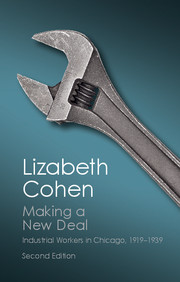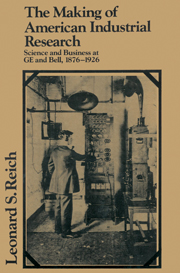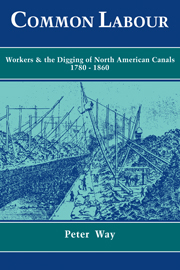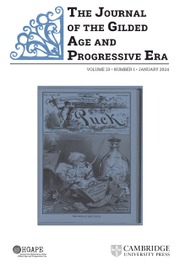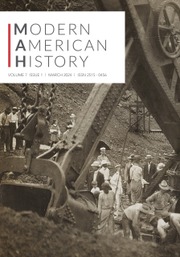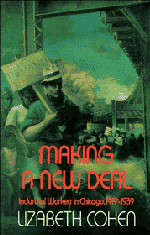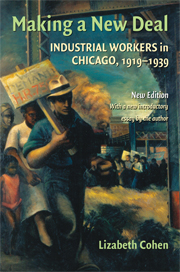Making a New Deal
This book examines how it was possible and what it meant for ordinary factory workers to become effective unionists and national political participants by the mid-1930s. We follow Chicago workers as they make choices about whether to attend ethnic benefit society meetings or to go to the movies, whether to shop in local neighborhood stores or patronize the new A & P. As they made daily decisions like these, they declared their loyalty in ways that would ultimately have political significance. When the depression worsened in the 1930s, workers adopted new ideological perspectives and overcame longstanding divisions among themselves to mount new kinds of collective action. Chicago workers' experiences all converged to make them into New Deal Democrats and CIO unionists. First printed in 1990, Making a New Deal has become an established classic in American history. The second edition includes a new preface by Lizabeth Cohen.
- The first edition of this title won the Bancroft Prize and the Philip Taft Award for Labor History
- An established classic in the field, widely used in graduate and undergraduate classes
- In a new preface, Cohen comments on recent scholarship and the impact of the book
Reviews & endorsements
Review of previous edition:
"At every step the argument is developed in a sophisticated way … Making a New Deal constitutes a major achievement."
Julia Greene, Journal of American History
Product details
December 2014Adobe eBook Reader
9781316121900
0 pages
0kg
37 b/w illus.
This ISBN is for an eBook version which is distributed on our behalf by a third party.
Table of Contents
- Preface
- Introduction
- 1. Living and working in Chicago in 1919
- 2. Ethnicity in the New Era
- 3. Encountering mass culture
- 4. Contested loyalty at the workplace
- 5. Adrift in the Great Depression
- 6. Workers make a New Deal
- 7. Becoming a union rank and file
- 8. Workers' common ground
- Conclusion.

